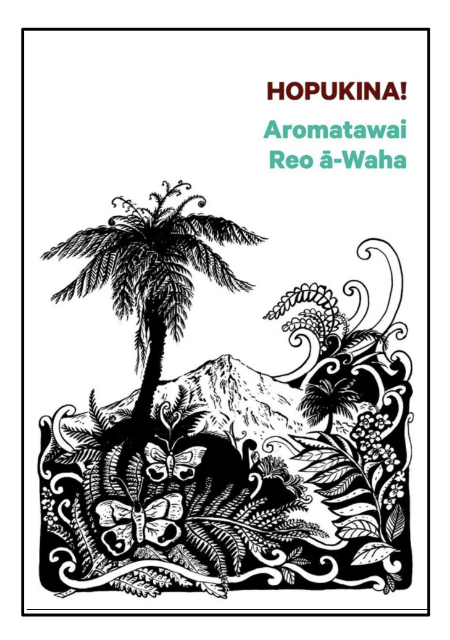I TE TAU TUATORU
TE ARA WHAKAAKO I TE KŌRERO
Whārangi Ihirangi
Mātua ko te Kōtuitui
Kaiako should explicitly plan to integrate the language strands, whakarongo, kōrero, pānui, tuhituhi, mātakitaki and whakaatu.
Language competency is critical for ākonga to successfully access the curriculum and learning that is relevant to their world.
It is important to make connections across the curriculum between prior knowledge and new knowledge by providing a range of stimulating and engaging experiences.
I te tau tuatoru: Te Whakarite i te Akoranga Reo ā-Waha
Deliberately plan the language lesson including the purpose, the new vocabulary and target language that will be taught.
Plan whakarongo, mātakitaki, whakaatu and kōrero activities to support the new language.
Make connections in your planning to pānui and tuhituhi.
Integrate reo ā-waha across all learning areas.
Source a variety of language materials that support the kaupapa and/or the target language for example, natural resources from the taiao, poems, pictures, posters, books, video clips.
I te tau tuatoru: Te Ara Whakaako i Te Huanui ki te Reo
Te whakamāramatanga me ngā āhuatanga mō te huanui ki te reo
Te Huanui ki te Reo is recommended as an oral language instructional approach. This oral language approach combines aspects of the communicative approach, task-based learning and content-based instruction. These approaches provide a structure for scaffolding new vocabulary and language. Including opportunities to model, support, and integrate oral language within meaningful contexts.
Ko te hononga o te rere o te reo, te tika o te reo, me te takoto o te reo
The relationship between fluency, accuracy and complexity
In second language teaching, fluency, accuracy, and complexity are key. Fluency ensures smooth communication, accuracy focuses on correct language use, and complexity involves sophisticated structures. The communicative approach emphasises fluency through real-life interactions. Task-based learning prioritises communicative competence via meaningful tasks, while content-based instruction integrates language learning within a kaupapa, promoting both fluency and complexity.
When the emphasis is on fluency, accuracy and complexity can be affected (i.e. ākonga are likely to make more language errors as they focus on speaking smoothly and quickly).
When the emphasis is on accuracy, fluency and complexity can be affected (i.e. ākonga may speak more slowly and less naturally).
When the emphasis is on complexity, fluency and accuracy can be affected (i.e. ākonga may struggle to maintain a natural flow and make more mistakes as they attempt more sophisticated language structures).
Balancing these elements is essential for comprehensive language proficiency.
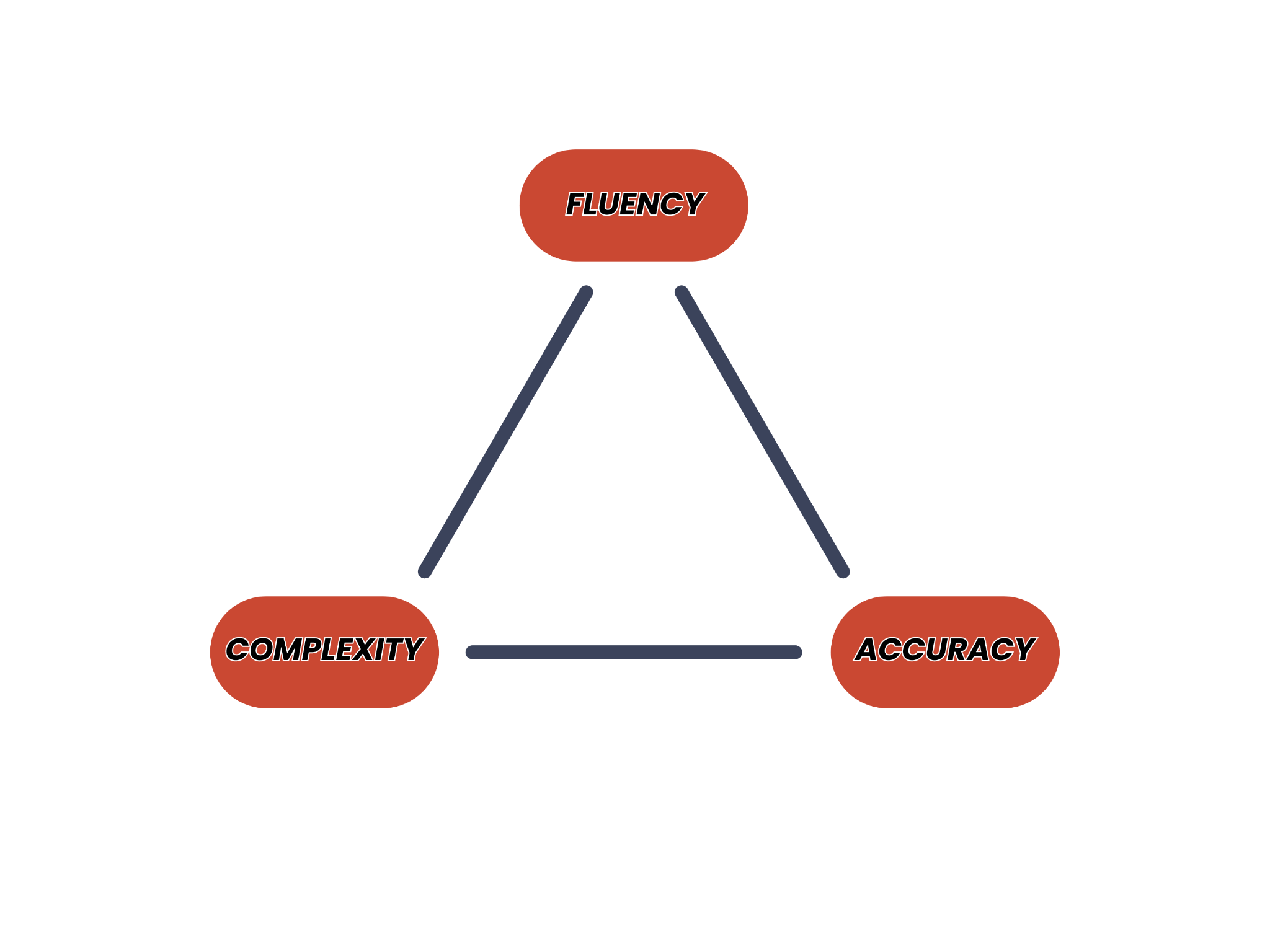
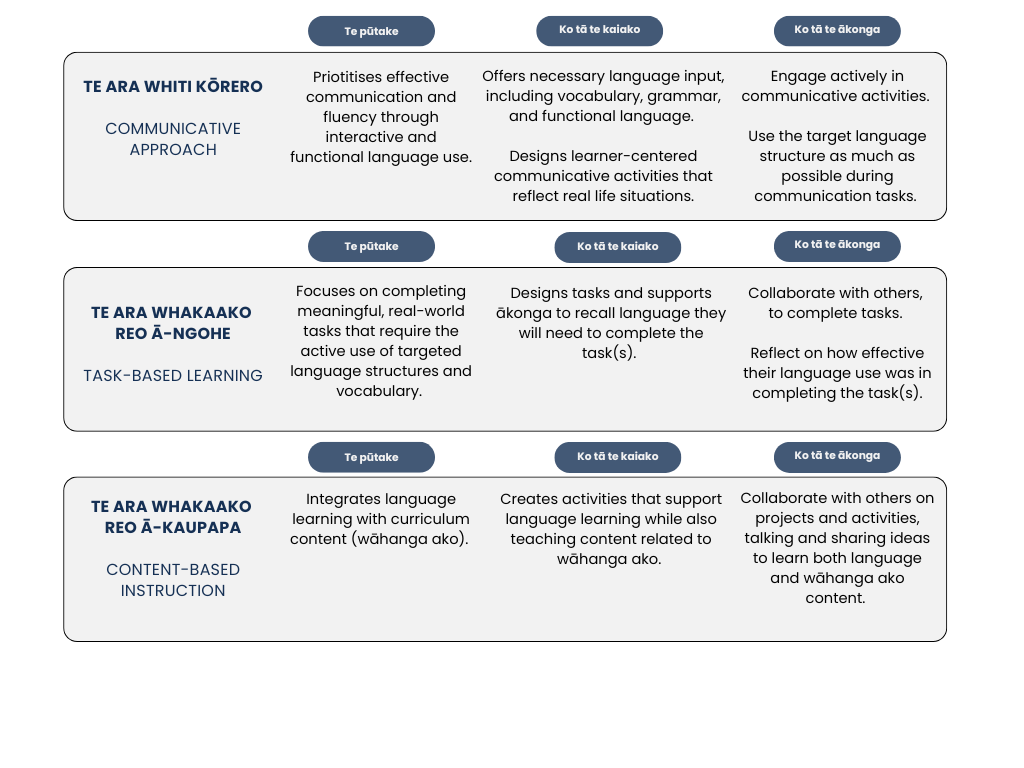
I te tau tuatoru: Te Whakahaere i Te Huanui ki te Reo
Below are examples of what the kaiako and ākonga are likely to be doing at each stage of Te Huanui ki te Reo. Activities have been sourced from He Rau Taki Kōrero and Te Reo ā-Waha: He Aratohu mā te Pouako to support this:
Te Ara Whakatauira Reo ā-waha
The kaiako will:
Set the context for learning.
Begin with a stimulus to engage the ākonga.
Highlight new vocabulary pertaining to the context.
Teach the meaning, pronunciation and application of the new vocabulary through planned language activities.
Model the target language in a meaningful context.
Model questions and responses.
Source a variety of examples of the target language in both formal and informal contexts.
The ākonga are:
Activating prior knowledge.
Connecting experiences to the stimulus.
Sharing ideas and experiences.
Learning new vocabulary and consolidating what they have learnt.
Listening to the target language through various sources, including other speakers and through multimedia platforms.
Listening and repeating new sentences or phrases.
Using new structures and language in formal and informal contexts.
Asking and responding to questions.
To support implementation of Te Ara Whakatauira Reo ā-waha, click the links or thumbnails below to download the following activities:
Resource: He Rau Taki Kōrero
Te Ārahi i te reo
The kaiako will:
Isolate the language structure from the stimulus.
Provide guided exercises for ākonga to practise asking and answering simple questions with support. For example, role-play, games, and a variety of listening and speaking activities.
Select texts that demonstrate the target language during shared and guided reading.
The ākonga are:
Understanding and applying the target language.
Building confidence to share in both small and large groups.
Practising the target language through dynamic pair work and interactive small group activities.
To support implementation of Te Ārahi i te reo, click the links or thumbnails below to download the following activities:
Resource: He Rau Taki Kōrero
Te Tuku i te reo
The kaiako will:
Assign tasks or activities to practice using the target language without direct support.
Consolidate the learning and review the language structure.
Encourage ākonga to expand their knowledge by using the target language in different contexts.
The ākonga are:
Practising the new language with their peer.
Contributing ideas to group discussions, asking questions, explaining, and describing.
Summarising, sequencing and/ or retelling a story.
Monitoring their own language.
Consolidating the understanding, function and purpose of the target language.
Gaining confidence and using the target language in new contexts.
To support implementation of Te Tuku i te reo, click the links or thumbnails below to download the following activities:
Te Kōtuitui i te reo
The kaiako will:
Encourage ākonga to use the target language creatively and flexibly.
Offer ongoing support for ākonga to continue practising and mastering the target language.
Focus on more sophisticated conventions of print and how that affects speech such as, exclamation marks, bold print, thought bubbles, speech bubbles and the capitalisation of words.
The ākonga are:
Communicating confidently with their peers and others on a range of topics.
Applying the target language to a variety of contexts.
To support implementation of Te Kōtuitui i te reo, click the links or thumbnails below to download the following activities:
I te tau tuatoru: Ngā Toi Mokopuna - Kōrero
This section outlines the skills, strategies and knowledge required in kōrero in the first three years.
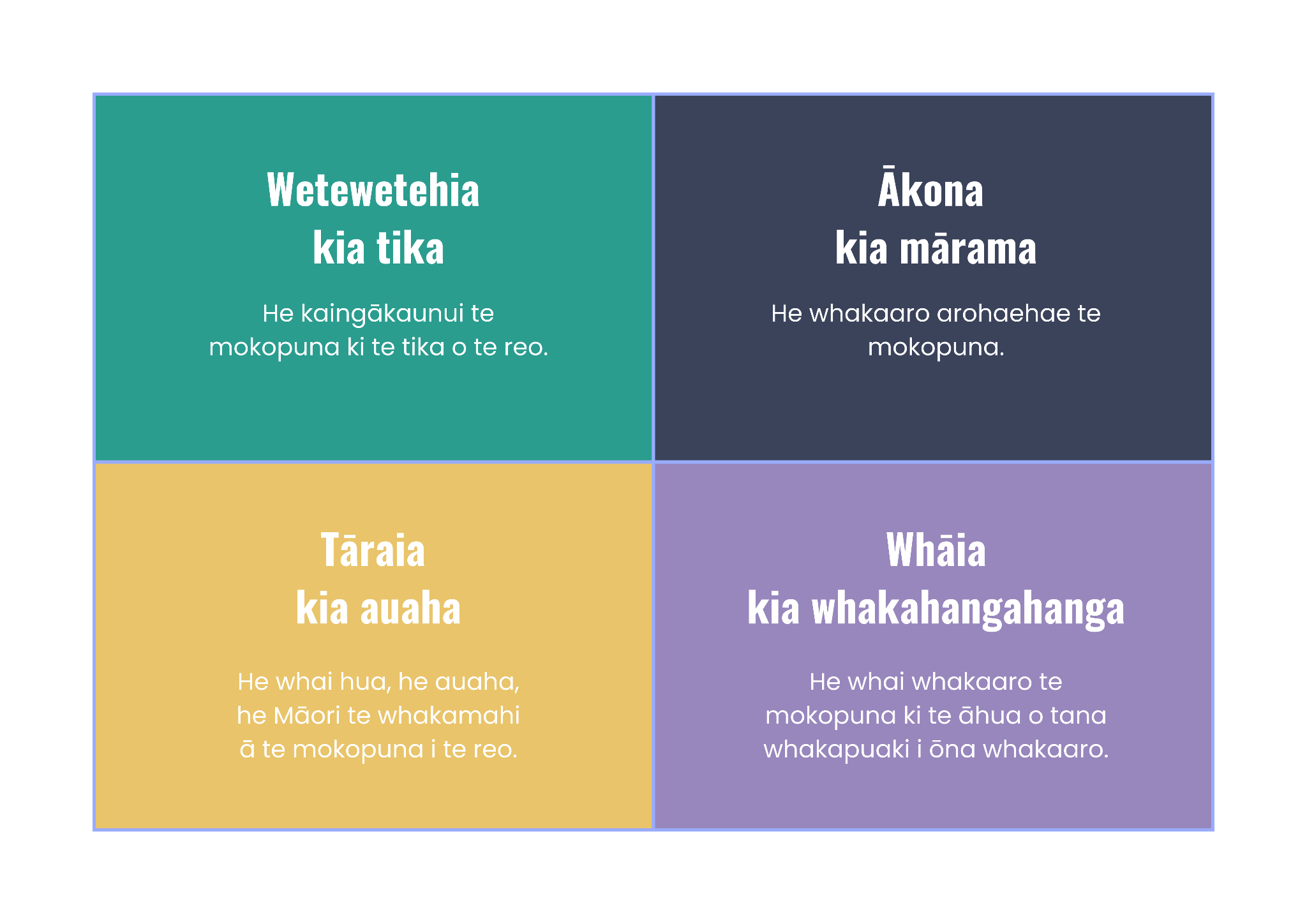
Wetewetehia kia tika
He kaingākaunui te mokopuna ki te tika o te reo.
Te whāinga
Ākonga learning focuses on accurately using and understanding basic vocabulary and sentence structures.
Ngā Tohu Ako
Te ngako o te whāinga
During a lesson, support the ākonga to:
Use increasingly more complex language structures, including passives, conjunctions and idioms.
Follow and apply grammar rules.
Monitor their language.
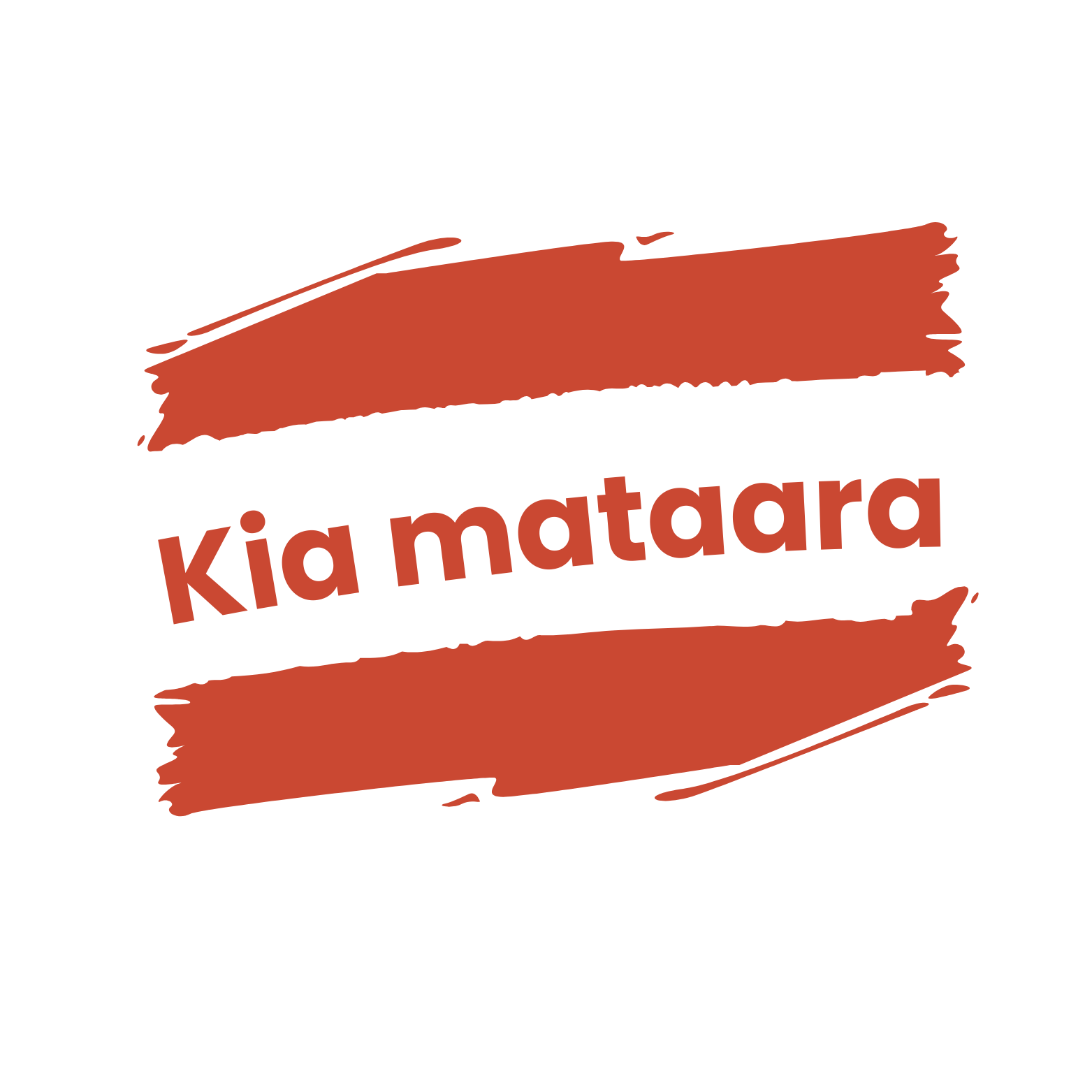
By the end of 3 years at kura, ākonga should be speaking in full sentences.
Ākona kia mārama
He whakaaro arohaehae te mokopuna.
Te whāinga
Ākonga learning focuses on developing basic comprehension skills and strategies.
Ngā Tohu Ako
Te ngako o te whāinga
During a lesson, support ākonga to:
Run sounds together in a natural way.
Pose questions to clarify understanding.
Recount events, experiences, and stories in their own words.
Whāia kia whakahangahanga
He whai whakaaro te mokopuna ki te āhua o tana whakapuaki i ōna whakaaro.
Te whāinga
Ākonga learning focuses on developing basic interpersonal communication skills.
Ngā Tohu Ako
Te ngako o te whāinga
During a lesson, support ākonga to:
Use language that is appropriate to context and audience.
Notice and respect dialectal differences.
Apply their understanding of formal and informal language.
Tāraia kia auaha
He whai hua, he auaha, he Māori te whakamahi a te mokopuna i te reo.
Te whāinga
Ākonga learning focuses on discovering ways to express thoughts and imagination.
Ngā Tohu Ako
Te ngako o te whāinga
During a lesson, support ākonga to:
Build confidence and share experiences using some descriptive language.
Consistently use a wide range of descriptive language.
Respond spontaneously when talking about both familiar and some less familiar subjects.
Use drama to enhance meaning and recreate stories.
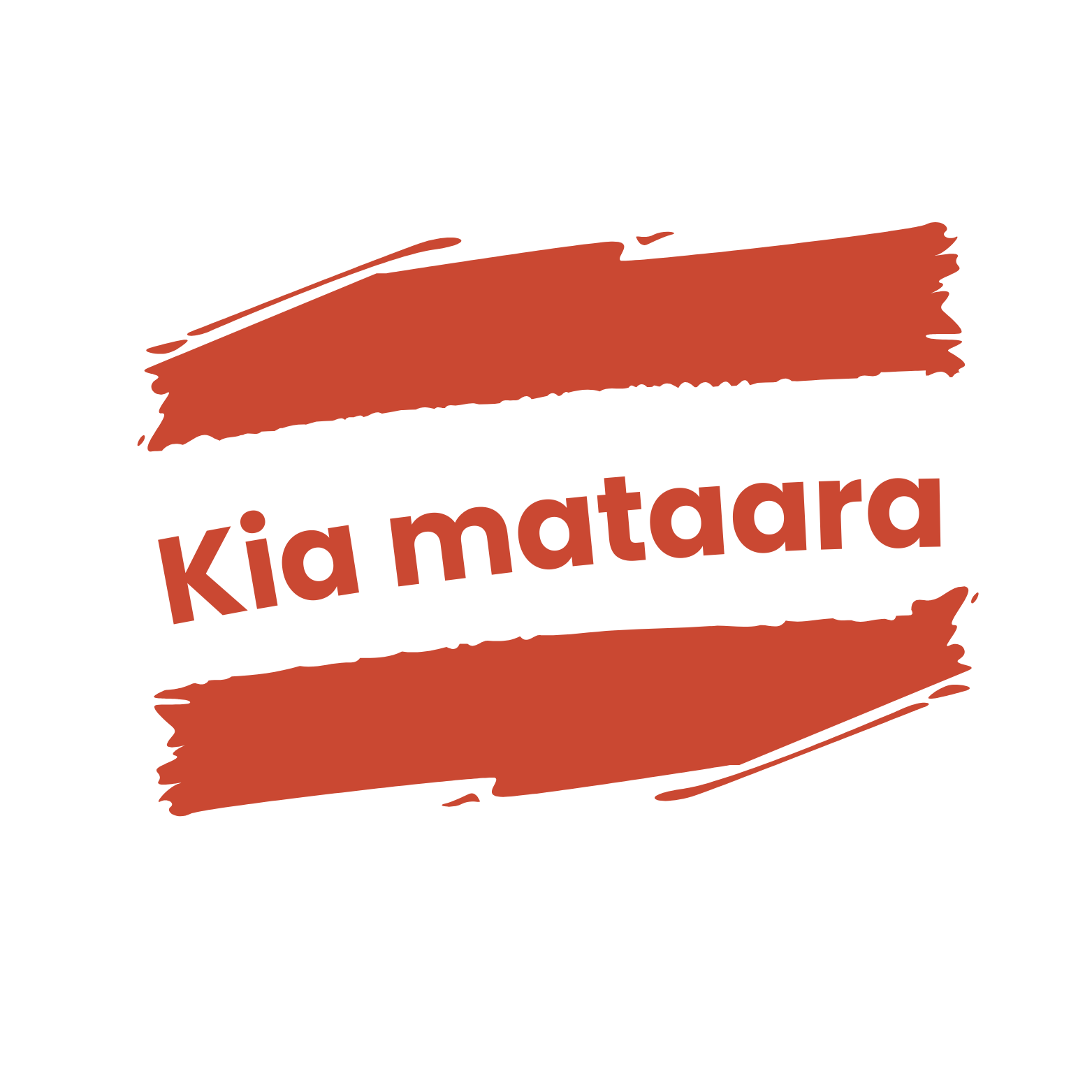
By end of 3 years at kura, ākonga should be able to:
tell a simple story.
recount an experience.
retell a local story.
I te tau tuatoru: He Tauira Reo ā-Waha
Ākonga will vary depending on if they have te reo Māori at home, have attended a kōhanga or puna reo or are just beginning to learn te reo Māori at kura.
In the first three years ākonga will use more sophisticated and complex language to express their ideas and to communicate. They are developing vocabulary specific to kaupapa and can use some cohesive devices correctly. They are listening carefully and can respond spontaneously when discussing a range of topics.
(More to come)
I te tau tuatoru: Te Aromatawai i te Kōrero
Upon entry, ākonga bring with them varying degrees of knowledge and experiences in te reo Māori.
Therefore, it is important for kaiako to listen to the language that ākonga use, which can form the basis of the oral language programme. This will ensure the different language levels and range of abilities are catered for appropriately.
Aromatawai ō te ako (of learning), and aromatawai mō te ako (for learning).
Aromatawai should be personalised to reflect the reality that ākonga are at different stages in their learning journey and move through that journey at different speeds. This includes valuing neurodiversity (i.e. that all brains function differently) which is particularly important for neurodivergent ākonga.
Ākonga should be encouraged and supported to understand the purpose of aromatawai and be active participants in gathering information through aromatawai activities such as self-reflection, self assessment and the creation of portfolios of work that demonstrate their learning.
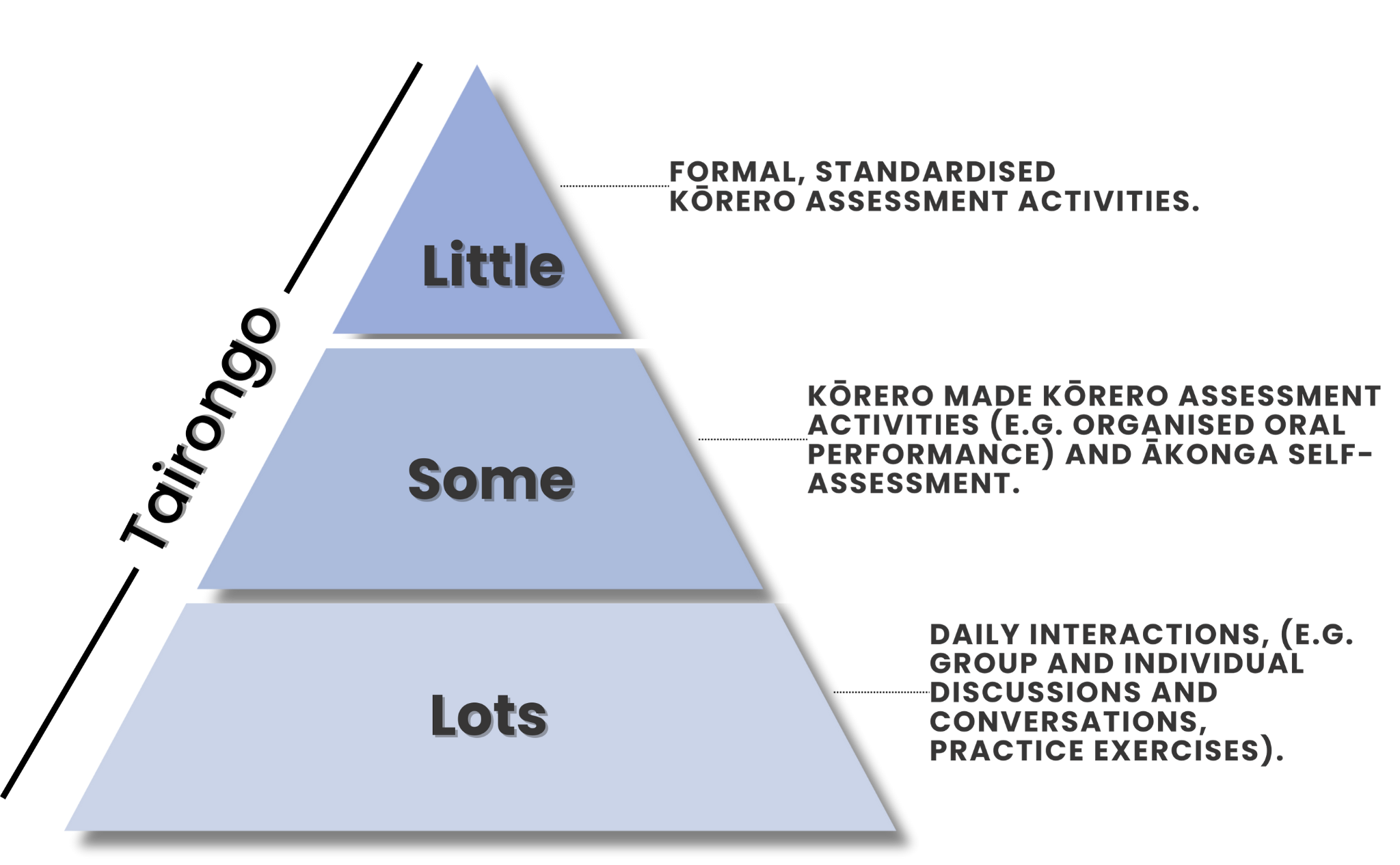
MAHI AROMATAWAI: What to look/listen for, ākonga are:
Using a range of vocabulary and language features such as, conjunctions (kupu tūhono), varied sentence beginnings and idioms (kīwaha) when speaking.
Retelling stories in a logical sequence, ensuring the listener can follow and comprehend.
Asking more complex questions to gain understanding.
Responding to questions with more detail.
Speaking confidently with peers and others about a variety of topics.
Monitoring and self correcting when speaking.
When gathering information to support language learning, it is important to use various methods such as digital recordings, activities and tasks, anecdotal notes, and observations. To supplement the gathering of formative information, kaiako may use Ngā Rauemi Aromatawai Reo ā-Waha which will provide a snapshot of the language ability of ākonga to inform teaching and learning.
